Conex Box Dimensions: How Wide is a Shipping Container?
 Marissa Morin | Aug 5, 2020
Marissa Morin | Aug 5, 2020
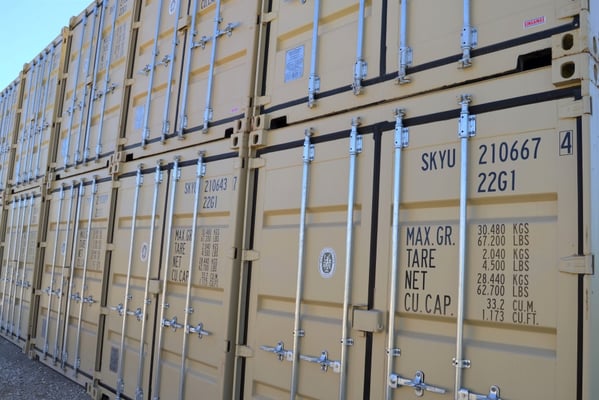
Inquiries about conex box dimensions are some of the most frequently asked questions we get here at Falcon – and one of the most misunderstood concepts around containers – so we wanted to break it down. Conex boxes come in a variety of sizes that allow them to easily fit within limited spaces, such as in small lots or adjacent to larger buildings, making them ideal for companies working with site restrictions. Although conex boxes are compact, they offer many benefits. So, what are common conex box dimensions?
Conex Box Dimensions: Exterior
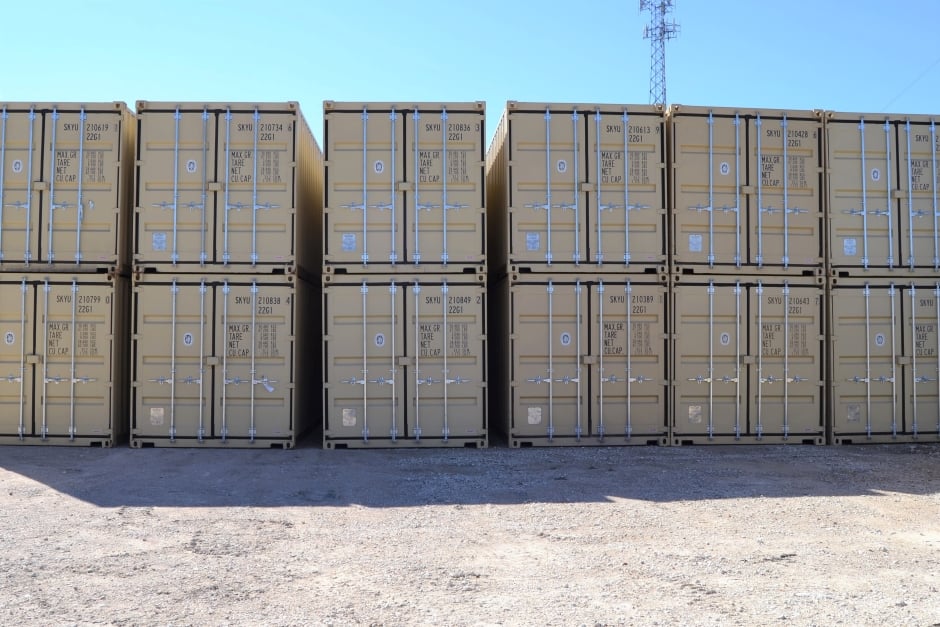
Container manufacturers design all ISO shipping containers with a width of 8 feet and a variety of lengths. The most commonly used conex box dimension lengths are 10-feet, 20-feet, and 40-feet. To put it into perspective, a 20-foot container fits into a standard parking space, making it a manageable size for businesses who own the structure and for the trucking companies that transport the structure.
There are two height options for shipping containers, what’s referred to as a standard height and “high cube.” Standard height containers stand 8 feet 6 inches tall and high cube containers stand at 9 feet 6 inches tall. High cube containers not only allow taller items to be stored within the space, they promote better air circulation when boxes are repurposed into offices or living spaces.
"Conex Box or Shipping Container: What’s the Difference?"
Conex Box Dimensions: Interior
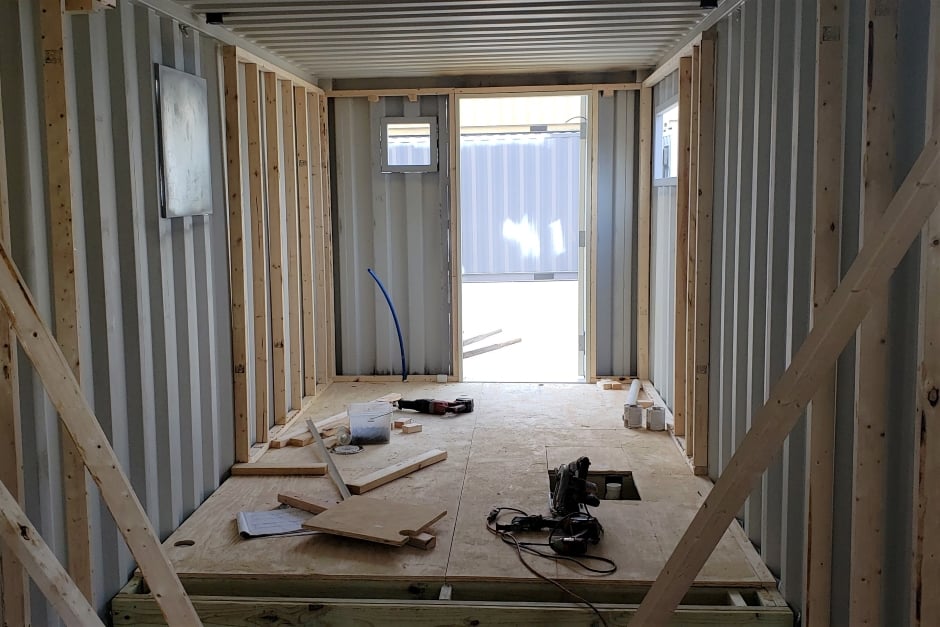
Although the dimensions of a conex box makes them more compact, they create very efficient spaces. Shipping containers are designed to carry as much cargo as possible over very long distances. In fact, there are well over 1000 cubic feet in a 20-foot shipping container. The interior space becomes useful in new ways as manufacturers modify the conex boxes, converting them into office spaces, living spaces, storage, and more. What companies decide to do with their containers, makes the most of the internal space.
Create Larger Container Structures
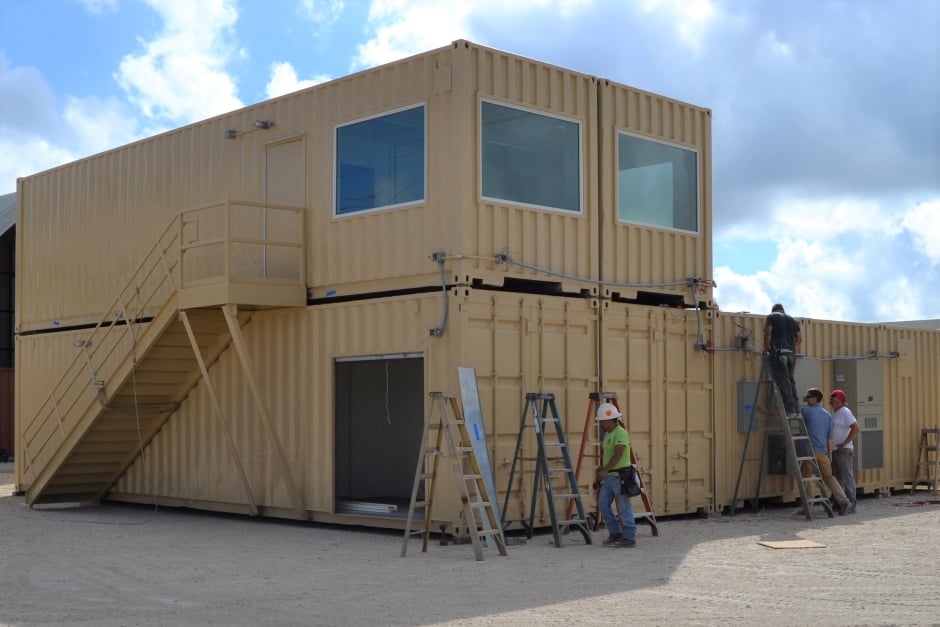
If a company needs a larger space but still prefers the use of shipping containers, they can stack and combine conex boxes to create larger spaces. This is a common practice for organizations that prefer to keep their structures mobile to transport the boxes in the future. The ability to quickly place the containers together helps companies relocate them as needed.
Conex Box Dimensions: Modified Examples
10-Foot Conex Box
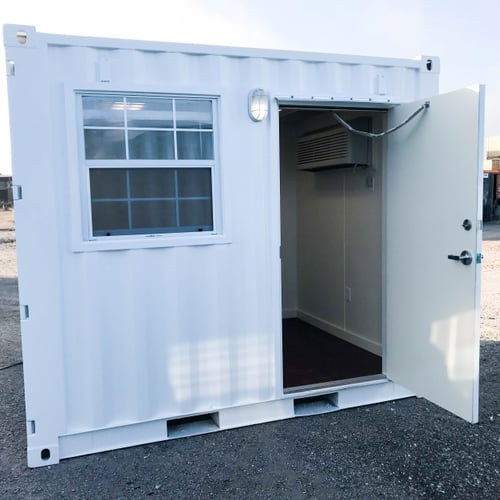
Some companies choose to create a 10-foot mobile office. These offices tend to work well on construction sites or on other job sites where the box will need to relocate in the future. The small size creates just enough space for site manager and team members to complete office work in a private space within close proximity to the job at hand.
20-Foot Conex Box
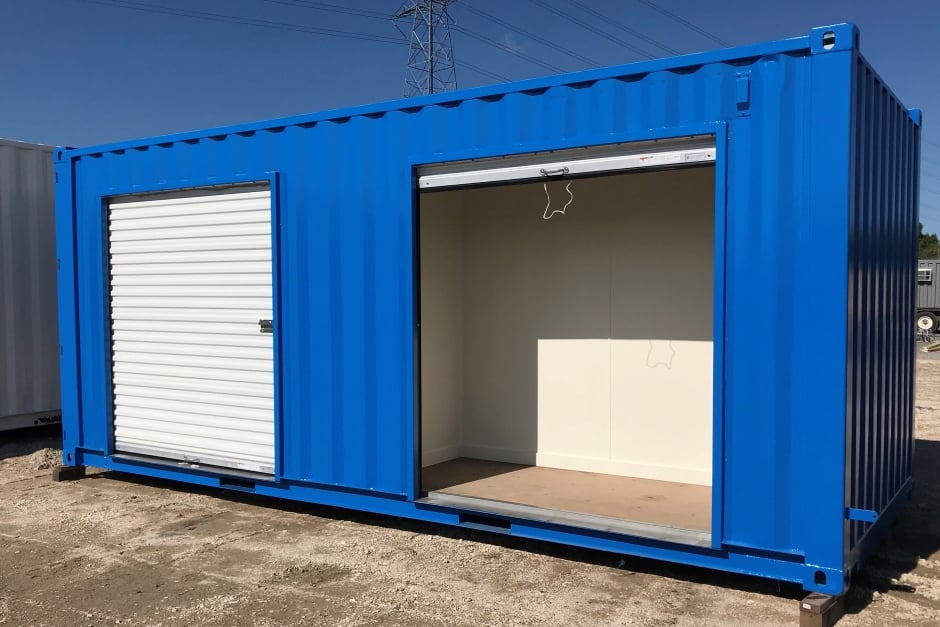
20-foot containers can become many kinds of structures, but when it comes to storage, often a 20-foot container helps companies remain organized without taking up too much space. Adding modifications like roll-up doors allow for even easier access to stored items which can quickly be secured and locked shut after work hours.
40-Foot Conex Box
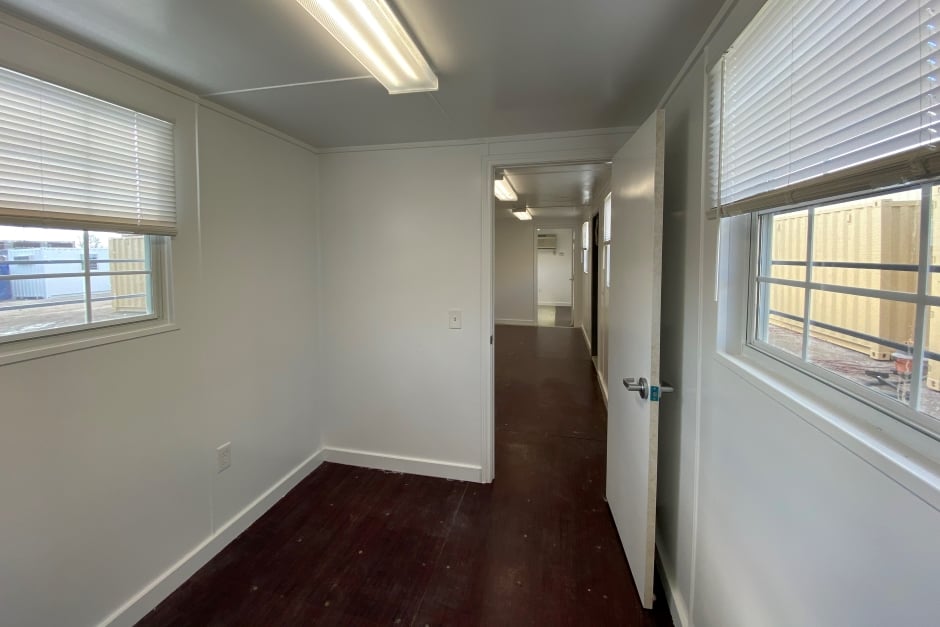
Because of their extended length, 40-foot boxes become great spaces to service multiple purposes. This 40-foot box is divided into three spaces. Two private offices on either end with a larger conference area in the middle. In some cases, companies opt to split the boxes to include both a workspace and a storage space. The possibilities with 40-foots may vary, but their rectangular shape helps companies make the most of their size.
Beyond the Dimensions – Conex Box Possibilities
Conex boxes are used across the world in new and creative ways by many companies. These companies often prefer these units because of their dimensions which allow them to be placed in odd locations or stacked into transportable structures. Learn more about the possibilities of modifying a conex box here.
Do you have a container project in mind? Give us call at 512-231-1010 or email us at Sales@FalconStructures.com and we can coach you through the next steps of ordering a modified shipping container.
SUBSCRIBE
- Shipping Container Modifications
- How-Tos
- Workspace
- Commercial Construction
- Multi-Container Buildings
- Storage Solutions
- Industrial Enclosures
- Bathrooms & Locker Rooms
- Oil & Gas
- Climate Control
- Green Building
- Living Space
- Industry Insight
- Military & Training Facilities
- Water Treatment Solutions
- Energy
THINK INSIDE THE BOX®
WITH OUR BLOG
Get everything from shipping container basics, to detailed how-tos and industry news in our weekly blog. Stay inspired and subscribe!
RELATED BLOGS
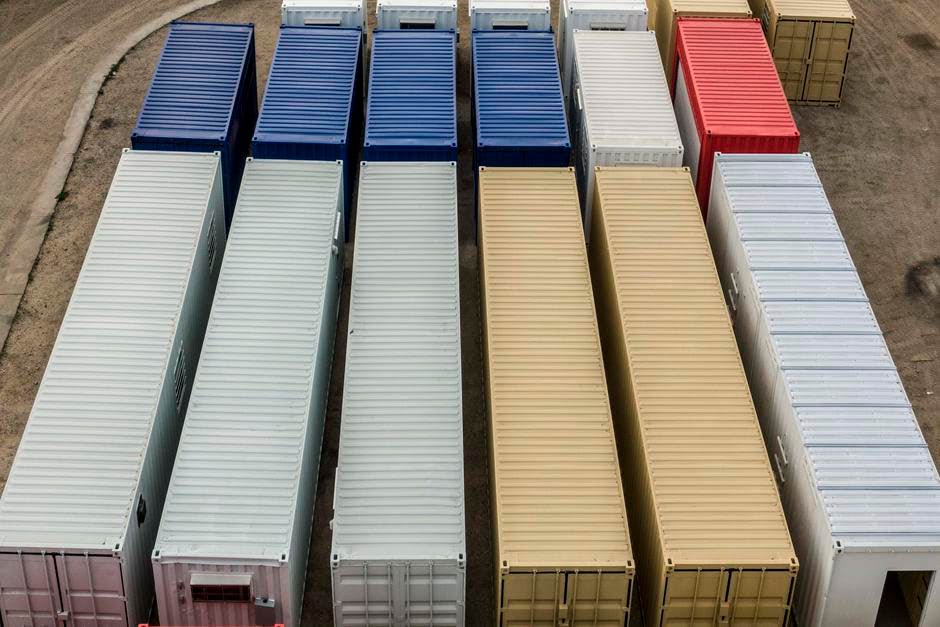
Conex Box vs. Intermodal Container: What’s the Difference?
Marissa Morin | May 26, 2021 | 4 min read
READ MORE
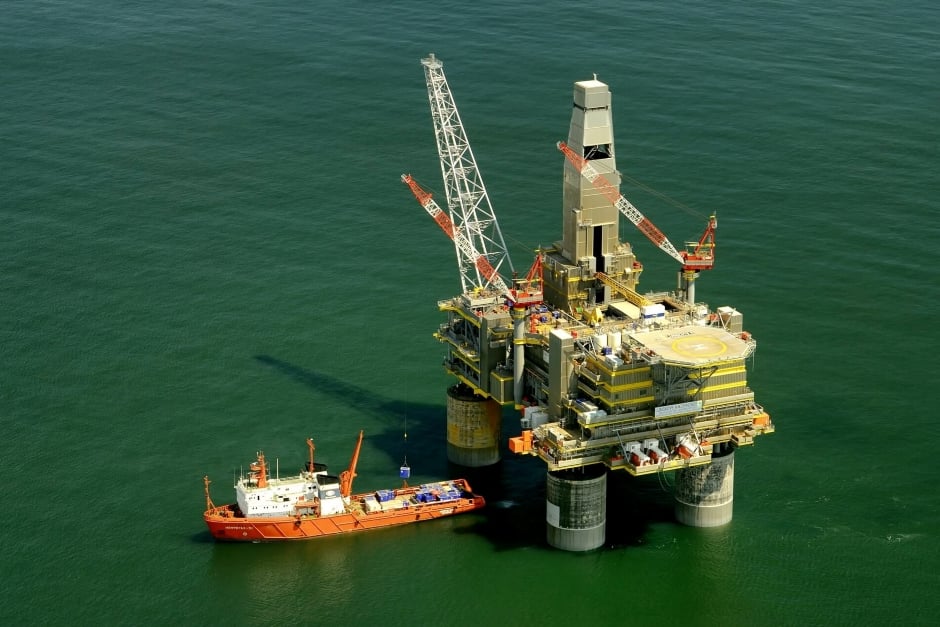
The Case for Conex Boxes as Offshore Oil & Rig Living Quarters
Marissa Morin | Jul 6, 2022 | 3 min read
READ MORE
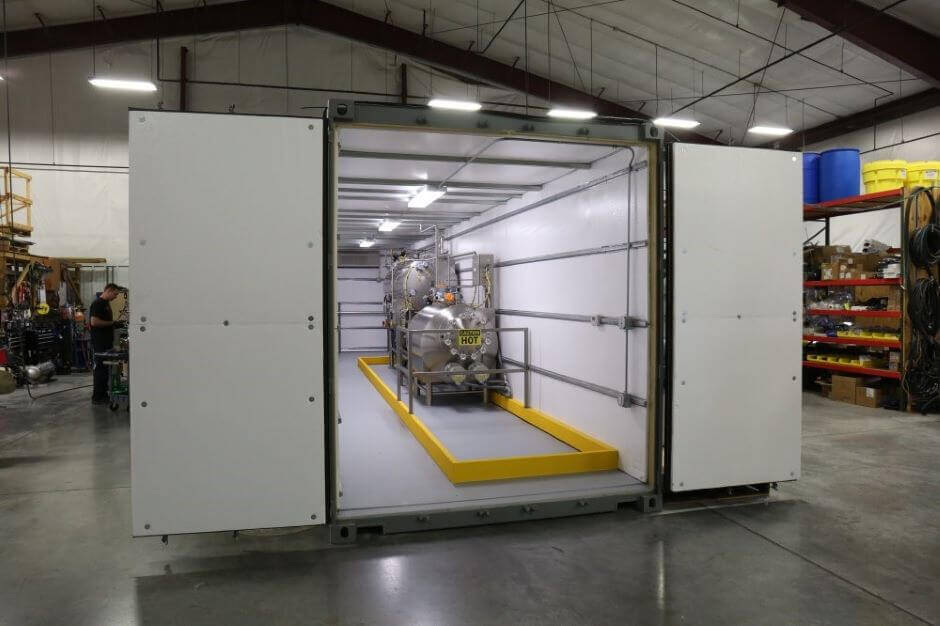
How Conex Boxes Are Solving Problems in Your Industry
Becca Hubert | May 1, 2024 | 4 min read
READ MORE
